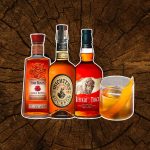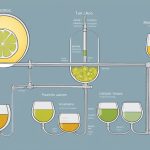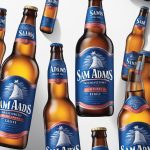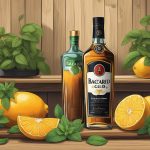Do IPA Beers Come from India? The Answer May Surprise You
As a beer enthusiast, I have always been fascinated by the origins of different beer styles. One question that often comes up in beer circles is whether IPA beers actually come from India. Today, I’m here to dive deep into the history of IPA and uncover the surprising truth.
First, let’s start with the basics. IPA stands for India Pale Ale, which suggests a connection to India. However, the actual origins of IPA are not as straightforward as you might think. While the style is now associated with India, its beginnings can be traced back to 18th-century England.
In the late 1700s, the British Empire had a strong presence in India. The demand for beer from British soldiers stationed there was high, but the long journey by sea often resulted in spoiled beer. To overcome this challenge, British brewers in England began experimenting with brewing techniques and ingredients that would produce a beer with a higher alcohol content and more hop bitterness, both of which act as natural preservatives.
One of the pioneers of these brewing innovations was George Hodgson, a London brewer. Hodgson’s beer, known as Hodgson’s October beer, became popular among British traders and eventually made its way to India. The beer’s success in surviving the long journey and its distinctive hoppy flavor gained a loyal following among British troops stationed in India.
So, while IPA beers were initially brewed in England, their popularity soared in India. This is where the association between IPA and India truly took hold. The style became known as “India Pale Ale” due to its popularity and demand in the British Raj.
While the historical connection between IPA and India is fascinating, it is important to note that the modern IPA has evolved significantly from its original style. Today, IPAs come in a variety of sub-styles, including West Coast IPA, New England IPA, and Double IPA, each with its own unique characteristics and flavor profiles.
One thing that has remained consistent, however, is the emphasis on hops in IPAs. Hops not only contribute to the beer’s bitterness but also provide aromatic and citrusy flavors. This is why IPAs are often associated with bold and intense hop flavors that can be both loved and hated by beer drinkers.
In conclusion, while IPA beers do have a historical connection to India, they were originally brewed in England to cater to the demands of British soldiers stationed in India. The beer’s long journey and distinctive hoppy flavor made it a hit among troops, and the style eventually became known as India Pale Ale. Today, IPAs have evolved into a beloved beer style with countless variations and sub-styles. So, the next time you enjoy a hop-forward IPA, you can appreciate its fascinating history and the global journey it has taken.







